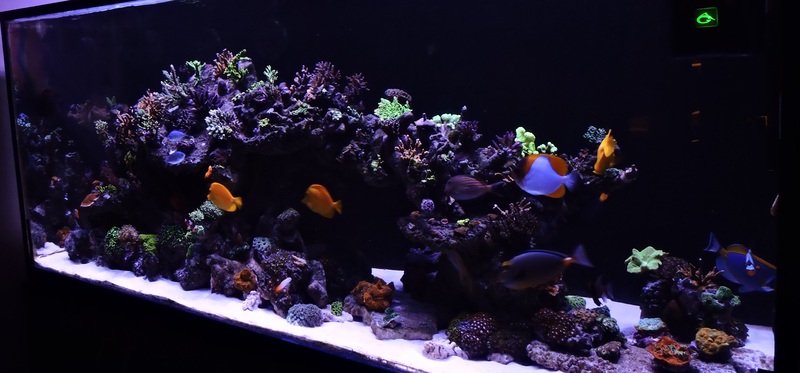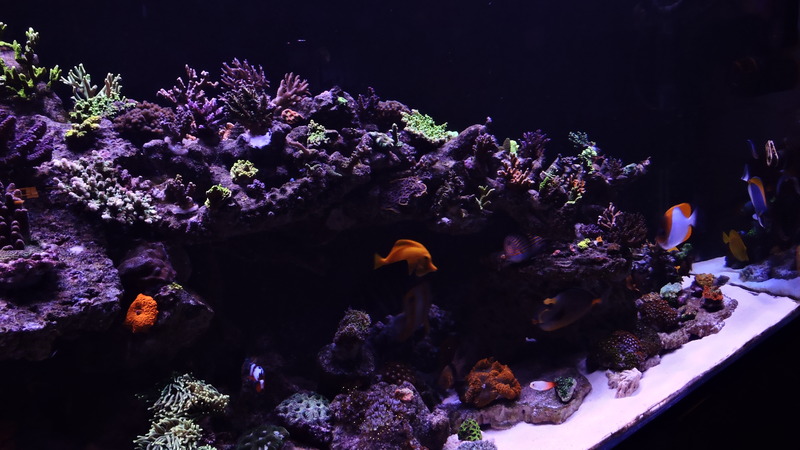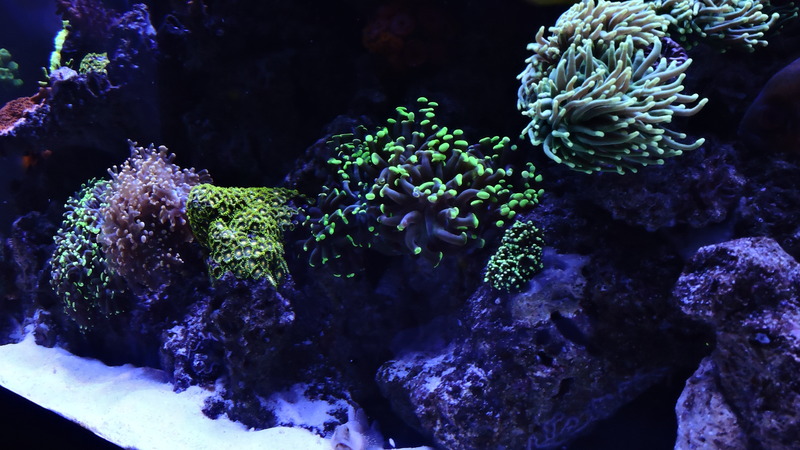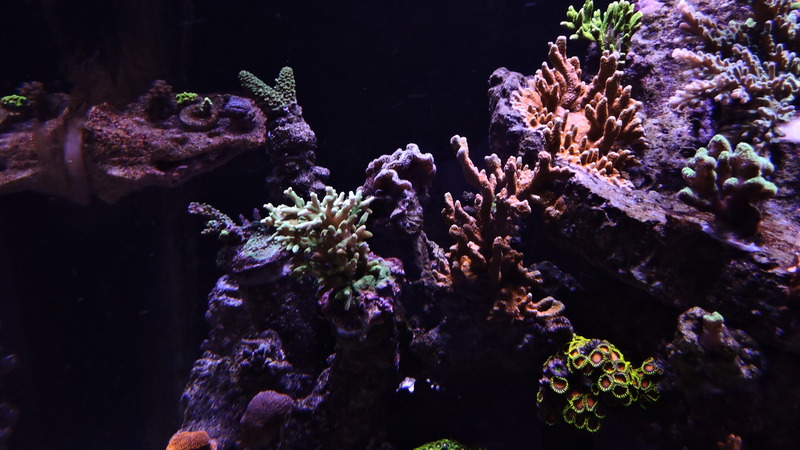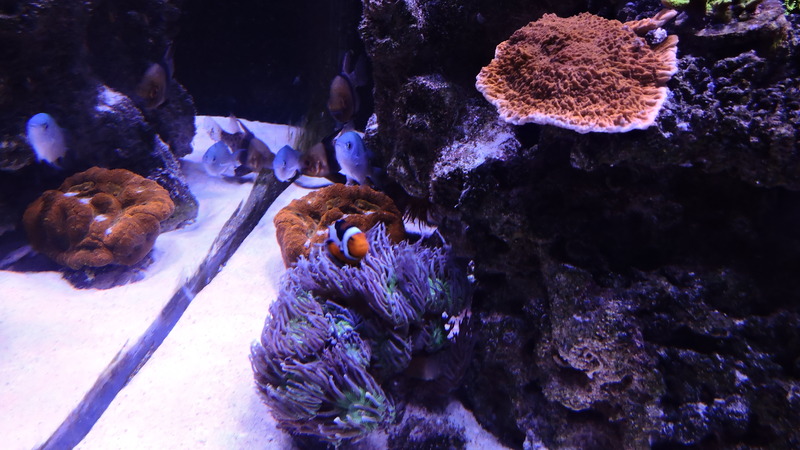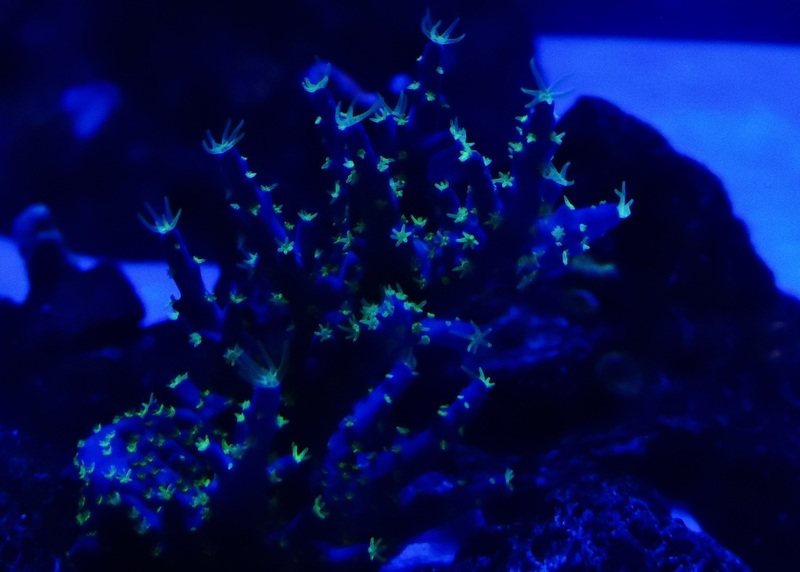I have read that some of you guys @twilliard (among others) are starting to test bleach in a reef tank. (Dinos)
I 'd like to experiment myself and its been like 2 months testing with bleach with success, but not in a cientific way. (I have 5 tanks, so I have test it in most of them, even with tridacnas, shrimps and delicate sps corals, not to mention several fishes)
Success = No animals or corals have died due this. (few frags are RIP tho, to get the right dose)
I do belive bleach can be benefical in a reef tank for several reasons if you dose the right way. So far so good, Bleach make ORP go up, fast, so is easy to check when the bleach (Edit: WHen oxidants are present in your reef) is active in your tank, also SPS response is fast, with slime.
So basically the idea of this post, is to share experiences about it, I know 99% of reefers will think: Bleach? are you nuts? but in 2 months I have see nothing but good things (Clear water, lower ich incidence - still there but every week I see less whitespots, higher ORP, better coral grow specially Milleporas!), but might be something else, do not want to jjump into conclusions yet.
I do not want to share dosage yet, since it can be very dangerous. But I have test this in my DT (Check my signature) and everything is thriving. So, May I ask, for those testing Bleach also your experiences?
(sorry for my bad english, a bit rusted)
Possible velvet irradication. Many warnings inside.
https://www.reef2reef.com/index.php...t-irradication.-Many-warnings-inside..260088/
I 'd like to experiment myself and its been like 2 months testing with bleach with success, but not in a cientific way. (I have 5 tanks, so I have test it in most of them, even with tridacnas, shrimps and delicate sps corals, not to mention several fishes)
Success = No animals or corals have died due this. (few frags are RIP tho, to get the right dose)
I do belive bleach can be benefical in a reef tank for several reasons if you dose the right way. So far so good, Bleach make ORP go up, fast, so is easy to check when the bleach (Edit: WHen oxidants are present in your reef) is active in your tank, also SPS response is fast, with slime.
So basically the idea of this post, is to share experiences about it, I know 99% of reefers will think: Bleach? are you nuts? but in 2 months I have see nothing but good things (Clear water, lower ich incidence - still there but every week I see less whitespots, higher ORP, better coral grow specially Milleporas!), but might be something else, do not want to jjump into conclusions yet.
I do not want to share dosage yet, since it can be very dangerous. But I have test this in my DT (Check my signature) and everything is thriving. So, May I ask, for those testing Bleach also your experiences?
(sorry for my bad english, a bit rusted)
Last edited:











